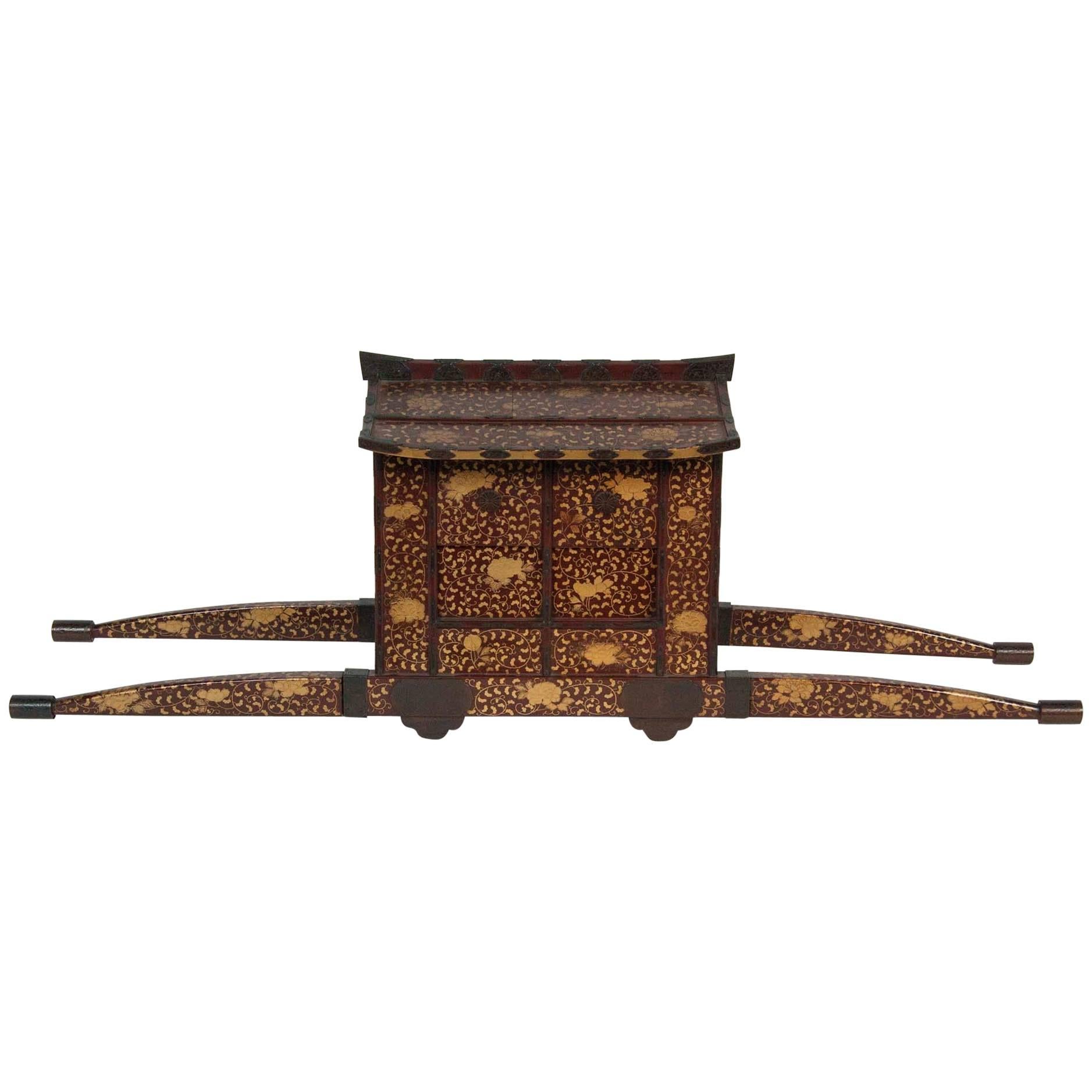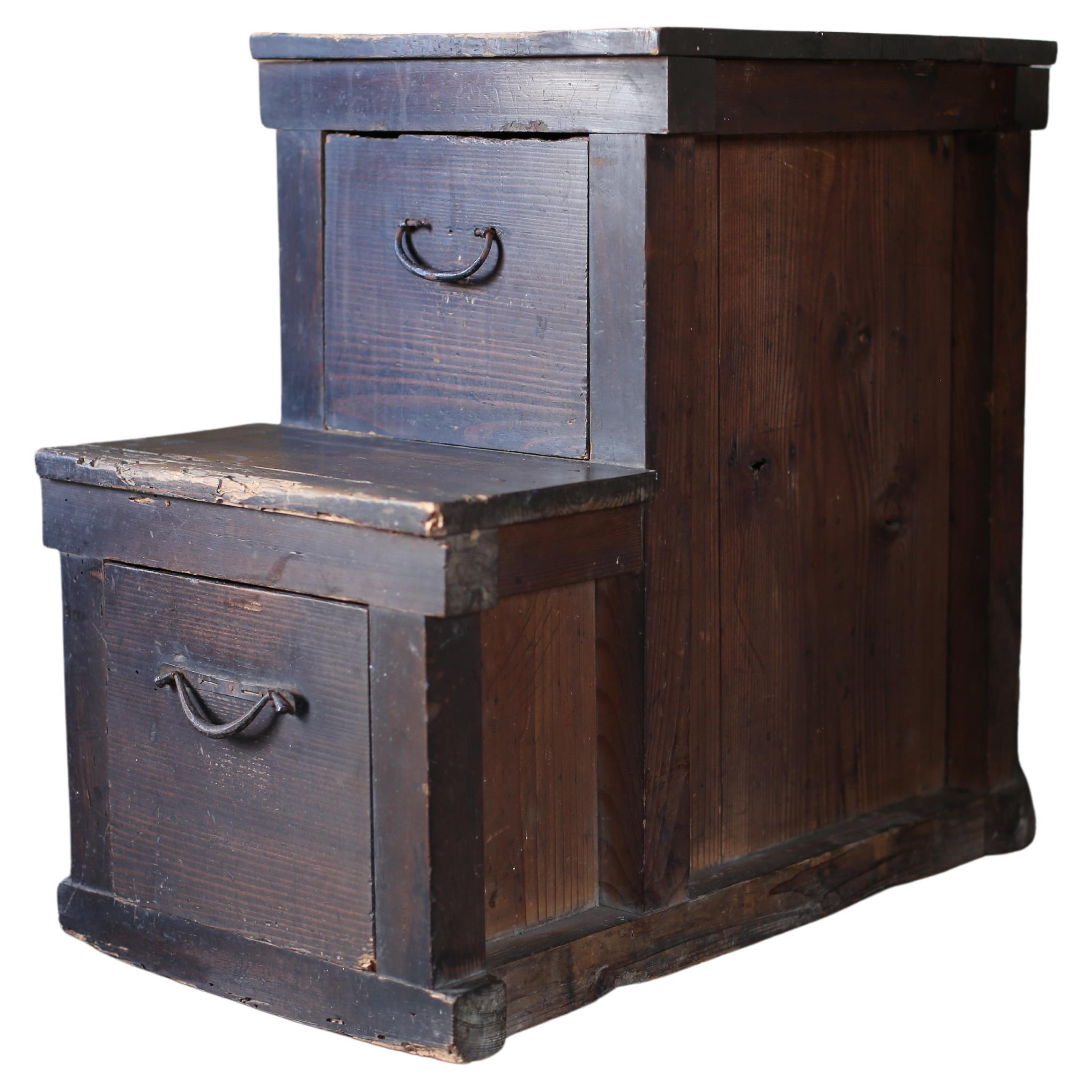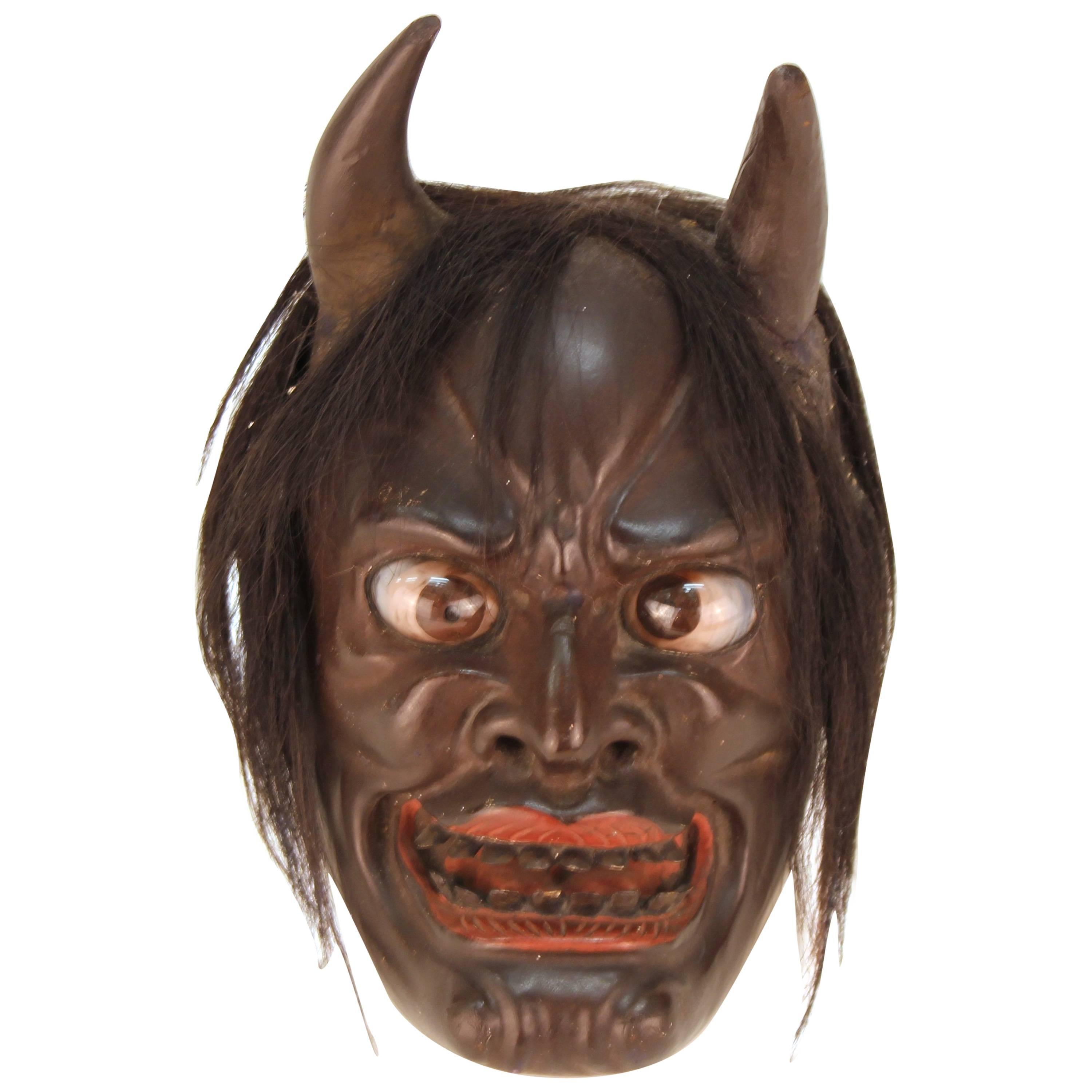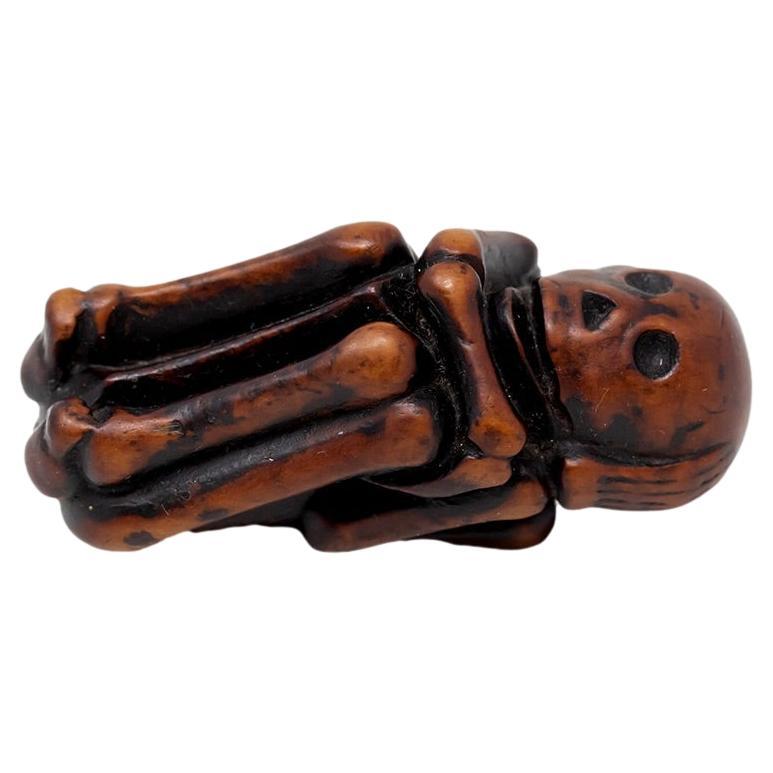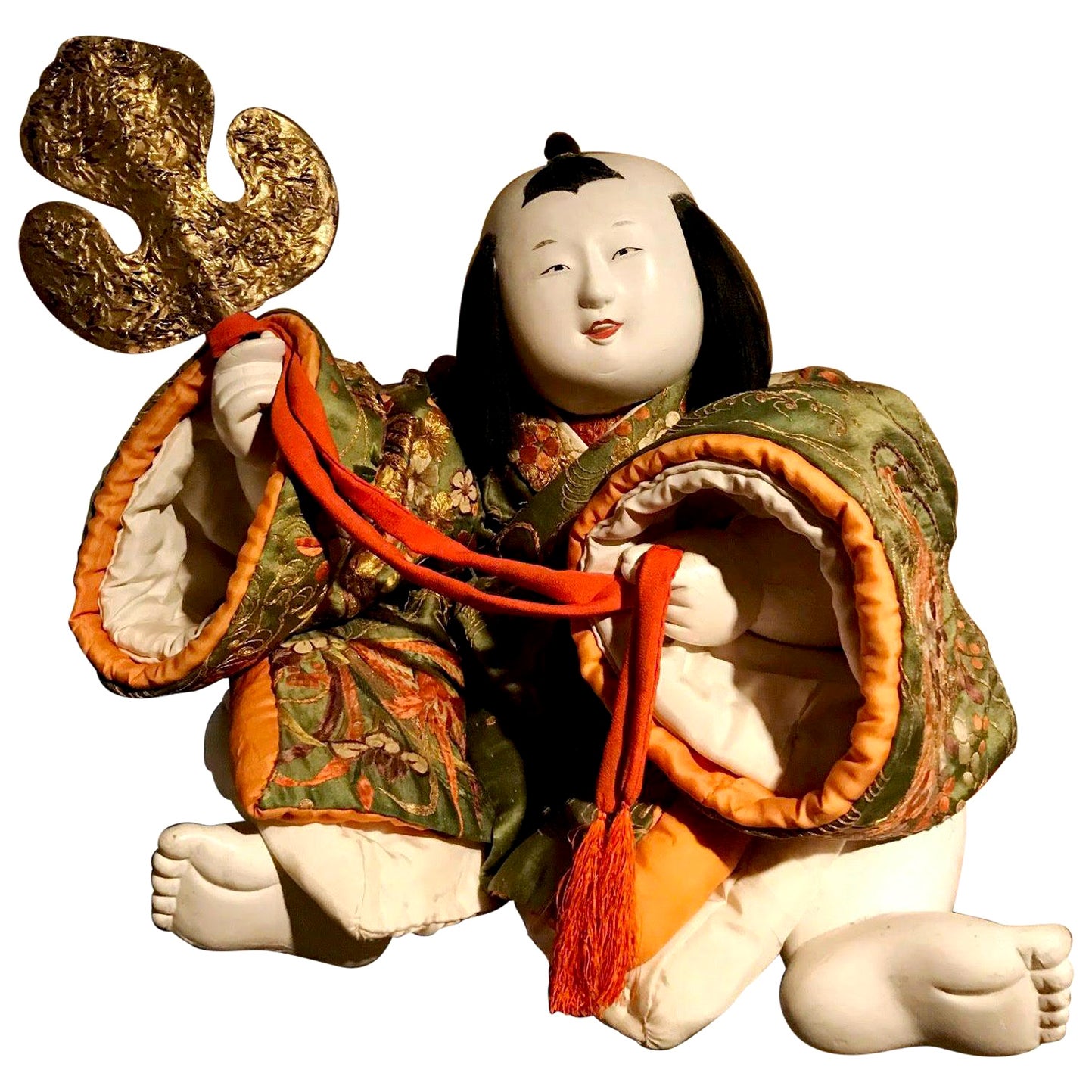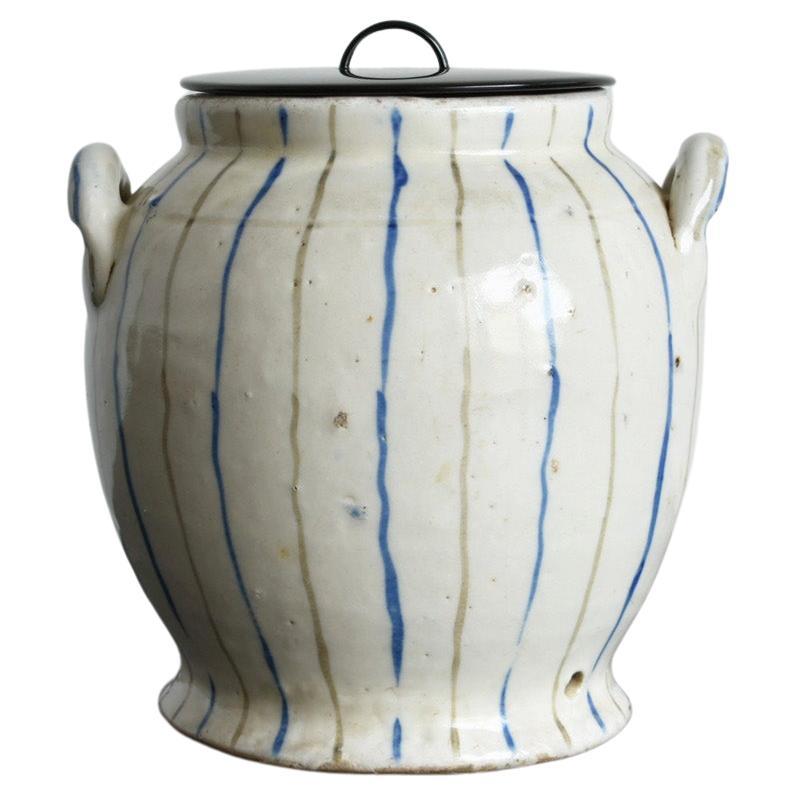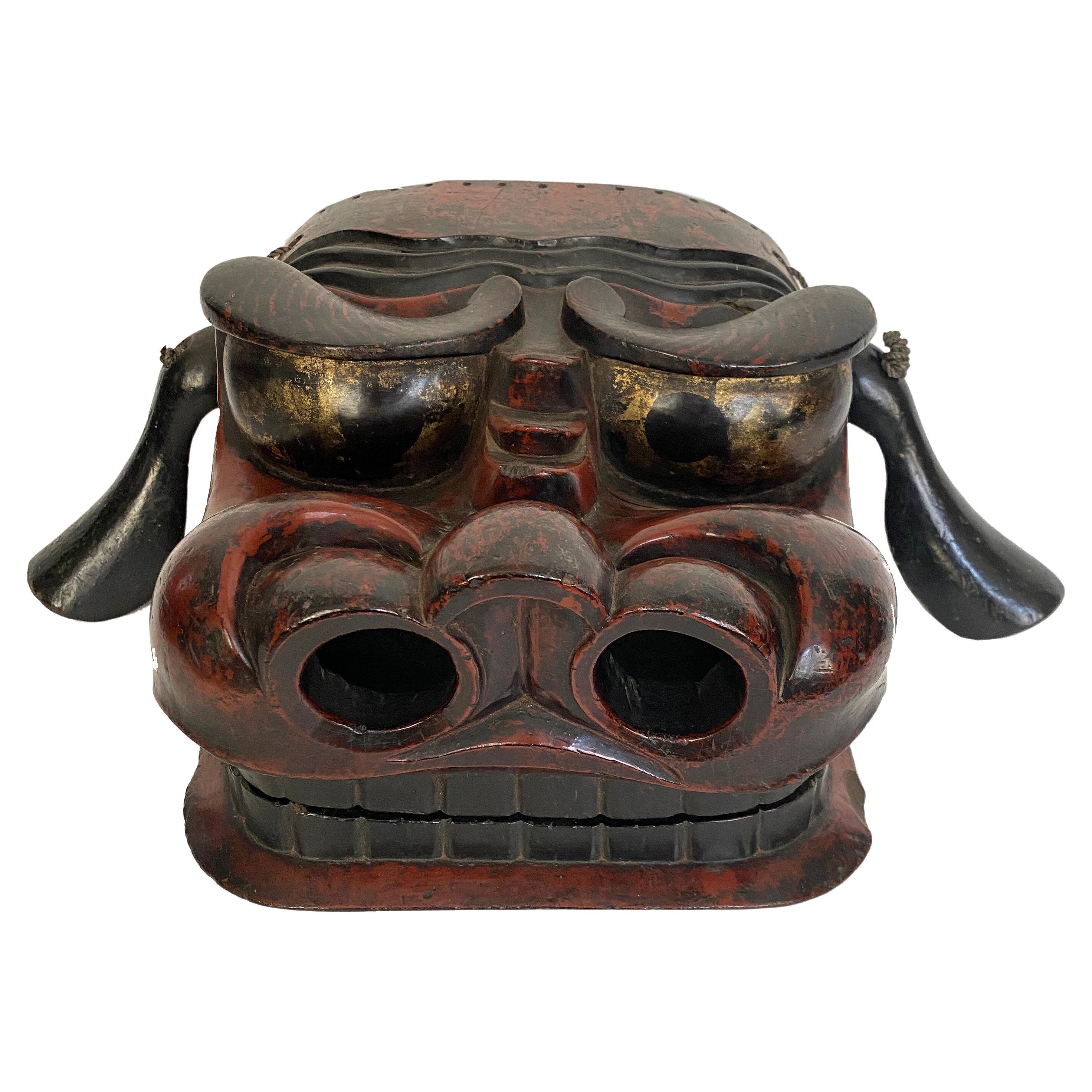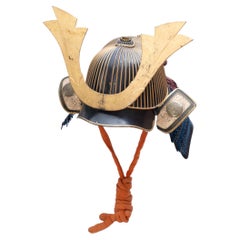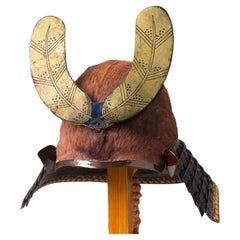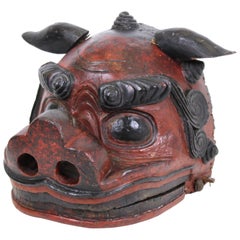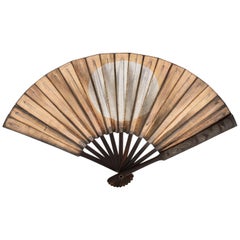
Tessen, Fighting Fan, Mid Edo Period, ‘1615-1867’
View Similar Items
Want more images or videos?
Request additional images or videos from the seller
1 of 7
Tessen, Fighting Fan, Mid Edo Period, ‘1615-1867’
About the Item
- Dimensions:Height: 13.19 in (33.5 cm)Width: 21.66 in (55 cm)Depth: 1.19 in (3 cm)
- Materials and Techniques:
- Place of Origin:
- Period:
- Date of Manufacture:circa 1780
- Condition:
- Seller Location:Milano, IT
- Reference Number:1stDibs: LU4250216178522
About the Seller
5.0
Recognized Seller
These prestigious sellers are industry leaders and represent the highest echelon for item quality and design.
Established in 2005
1stDibs seller since 2018
10 sales on 1stDibs
Typical response time: 1 hour
More From This SellerView All
- Tomizo Saratani '1949', Natural Stone with Squid and ShrimpsLocated in Milano, ITUrushi lacquer on stone Measures: 12.3 by 9.5 by 6.5 cm Tomizo Saratani was born in Kyoto and has spent his life working on traditional japa...Category
2010s Japanese Lacquer
MaterialsStone
- Sujibachi kabuto 62-plate samurai helmet Haruta school, Edo periodLocated in Milano, ITSujibachi kabuto 62-plate samurai helmet Haruta school, Edo period 17th-18th century A lamellar helmet consisting of sixty-two plates joined with five rows of rivets. The surface is...Category
Antique Mid-17th Century Japanese Metalwork
MaterialsIron
- Sogonari Kabuto Samurai Helmet Shaped as a Human Head Early Edo PeriodLocated in Milano, ITSogonari Kabuto Samurai Helmet shaped as a Human Head Early Edo Period (1615 - 1867). Three-plates kawari kabuto covered with tawny hair to ...Category
Antique Early 1700s Metalwork
MaterialsFur
- Inro by Mochizuki Hanzan (1743-90?) Edo Period, 18th centuryLocated in Milano, ITMochizuki Hanzan (1743-90?) Edo Period, 18th century Decorated with inlaid colored ceramic with a stag and maple leaves Height: 8.4 cm Sealed Hanzan Mochizuki Hanzan (1743-90?...Category
Antique 18th Century Japanese Lacquer
MaterialsWood
- Okitenugui Kabuto Samurai Helmet Shaped as a Head Towel Saika, Early Edo PeriodLocated in Milano, ITOkitenugui kabuto Samurai helmet shaped as a head towel Saika, early Edo period, 17th century The Haruta armorers who moved to Kii province in the early 17th century, took the name from the village where they worked, Saika, near Wakayama, possibly on request of the local daimyo, Asano Yukinaga, a great armour amateur. Specialised in the construction of plate helmets, they produced mainly two typologies of kabuto: one with six plates covered with a chrysanthemum-shaped plate on top and one shaped as a “head towel”, called okitenugui. The latter type of kabuto employs very heavy plates crafted in a curved manner and was improved in order to make it resistant to firearms. This okitenugui kabuto features some distinctive decorations of the Haruta school, including the application of cut-out iron elements, including eyebrows, washers and lozenge-shaped decorations on the sides. The ring on the top, however, is a rare feature and could be used to hold a small war flag.Category
Antique 17th Century Metalwork
MaterialsIron
- Painting by Maeda Josaku (Japan, 1926 – 2007), Paysage Humain N° 14, 1960Located in Milano, ITSigned: Josaku Meda. 60. Singed on the back: "Paysage humain" N°14 / 7.1960 / Josaku MAEDA / à Paris Exhibitions: Turin (Italy), Gissi Gallery, Collettiv...Category
20th Century Japanese Paintings and Screens
MaterialsCanvas
You May Also Like
- Noh Edo Period Lion MaskLocated in Pasadena, CAThis a well-preserved lion mask that dates to the 18th century (possibly earlier). Lion masks were used in the traditional Gion Matsuri festival lion dances...Category
Antique Early 18th Century Japanese Edo Sculptures and Carvings
MaterialsWood
$3,800 Sale Price20% Off - Japanese Edo Period Lion MaskLocated in New York, NYA rare Edo period (17th century-18th century) Japanese lion mask for the Gion Festival. This mask was part of a two-man costume, with one man holding the mask and the other at the back covered with fabric to perform the traditional Lion Dance...Category
Antique 17th Century Japanese Edo Sculptures and Carvings
MaterialsWood
- Japanese Edo-Meiji Period Lacquered PalanquinLocated in Stamford, CTA Japanese Edo-Meiji period Palanquin chair for the childrens festival. The form with sliding and hinged doors, decorated in gold hiramaki-e with peonies ...Category
Antique 1890s Japanese Edo More Asian Art, Objects and Furniture
MaterialsLacquer
- Japanese Antique "Staircase Chest" 'Late Edo Period-Meiji Period' /CabinetLocated in Sammu-shi, ChibaWe have an aesthetic sense peculiar to Japanese people. And we introduce the unique items that only we can do, the route of purchasing in Japan, the experience value so far, and the way that no one can imitate. Japanese antique black chest "staircase chest...Category
Antique 19th Century Japanese Edo Furniture
MaterialsCedar
- Japanese Edo Period Ike Mask 'Devil Face'Located in New York, NYA Japanese sculpted wood Ike mask produced during the Edo Period (1603-1868) around 1850, depicting a devil face. Highly detailed, the mask has inserted eyes and hair attached to it.Category
Antique 1850s Japanese Edo Sculptures and Carvings
MaterialsWood
- Japanese Skeleton Boxwood Netsuke Late Edo PeriodLocated in Newark, EnglandJapanese boxwood netsuke depicting a skeleton. The skeleton naturalistically carved in the foetal position in preparation for transitional burial. With...Category
Antique Mid-19th Century Japanese Edo Sculptures and Carvings
MaterialsWood, Boxwood
Recently Viewed
View AllMore Ways To Browse
Fan Arm
Antique Metal Fan
Antique Metal Fans
Metal Antique Fan
18th Century Hand Fan
Edo Samurai
Swords Antique Weapons
Samurai Warrior
Obi Belt
Gold Leaf Dragon
Antique Japanese Hand Fan
Antique Japanese Hand Fans
Antique Folding Fan
Antique Folding Fans
Wood Japanese Warriors Japanese Warriors
Dragon Sword
Antique External Door
Antique External Doors


